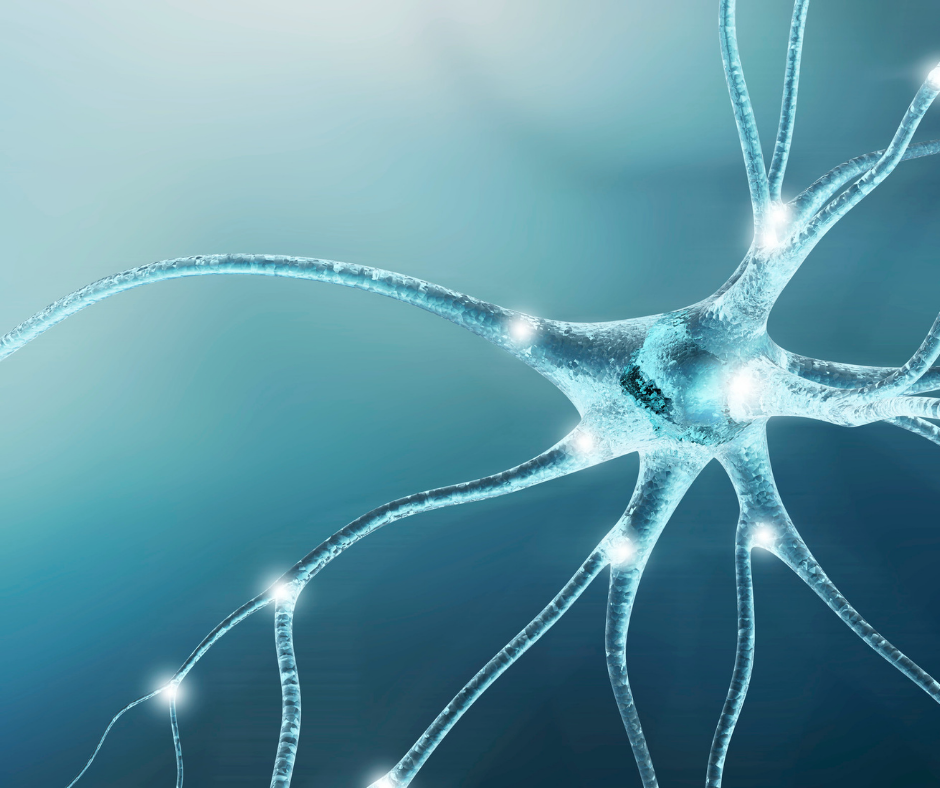Blog
HPT Blog
Categories
Archives
November 2023
April 2023
April 2022
March 2022
January 2022
November 2021
June 2021
March 2021
February 2021
December 2020
October 2020
August 2020
June 2020
May 2020
April 2020
February 2020
January 2020
December 2019
November 2019
October 2019
September 2019
July 2019
May 2019
April 2019
March 2019
February 2019
January 2019
December 2018
October 2018
September 2018
August 2018
July 2018
May 2018
April 2018
March 2018
February 2018
January 2018
December 2017
November 2017
October 2017
September 2017
May 2017





 RSS Feed
RSS Feed



